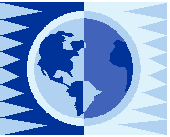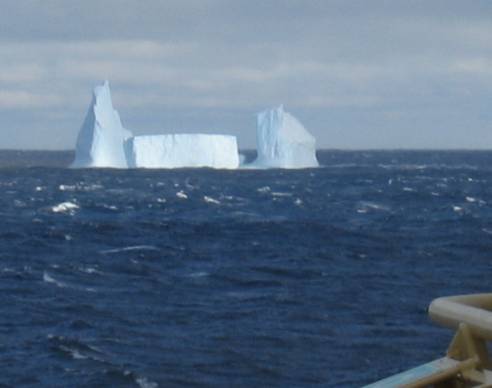


|
Dr. Denis Franklin, W6EW, was first licensed as WA6HGB in 1967, the same year he began medical practice. Although his time was limited by his career, the high moments of those years came from being of service during disasters, phone patching for maritime mobiles and his physician friends while they donated overseas service, and providing needed medical advice to isolated victims of accident or illness. As a Navy MARS member, he helped out around the RTTY gateway station operated by his mentor, Don Johnson, W6QIE (SK) during the Vietnam War. After retirement, he wrote on medical and scientific topics. When not at sea, he is a member of the Alameda County Sheriff's Communications Team, a RACES group. He has recently returned from an Antarctic icebreaker, where he helped study sea ice.
You may read more about our class friend, Dr. Denis Franklin, in his Operating from Ocean Going Research Vessels article in the February, 2005 issue of QST Magazine. |
|
Let’s Meet Dr. Denis Franklin |
|
This is me with my Extra Cold Weather gear. The day was warm, only about 20 below zero, so I wore my jeans with long underwear instead of snow pants. We have to wear dark glasses to prevent becoming "snow blind" when all of the sunlight, reflected by the snow, gives our retinas a slight sunburn. |

|
Dear HAMsters,
Icebergs are not from the ocean freezing. When the ocean freezes it forms what is called "sea ice", which is flat and is just like the ice on a lake, except that it may be eight to ten feet thick.
Icebergs are formed from glaciers which form on the land. The glaciers may be thousands of feet thick and they move very slowly down the valleys and into the ocean, where big chunks break off. Berg is a word that means mountain. When a piece of ice breaks off that is the size of a hill or mountain it is called an ice-berg.
Sometimes a piece more than a hundred miles across breaks off. That is called an ice island.
This is a picture of a small iceberg that I took. The icebergs in Antarctica are different from those in the Arctic. They often break off from a big shelf of ice that pushes out from the glaciers on the shore. Therefore they are usually long and flat and are called tabular, which is a word for table, because they are flat on top like a table. Sometimes they break in odd ways that make them look like buildings, as this one did. This picture was taken from almost a mile away, so you can see how big this berg was. |